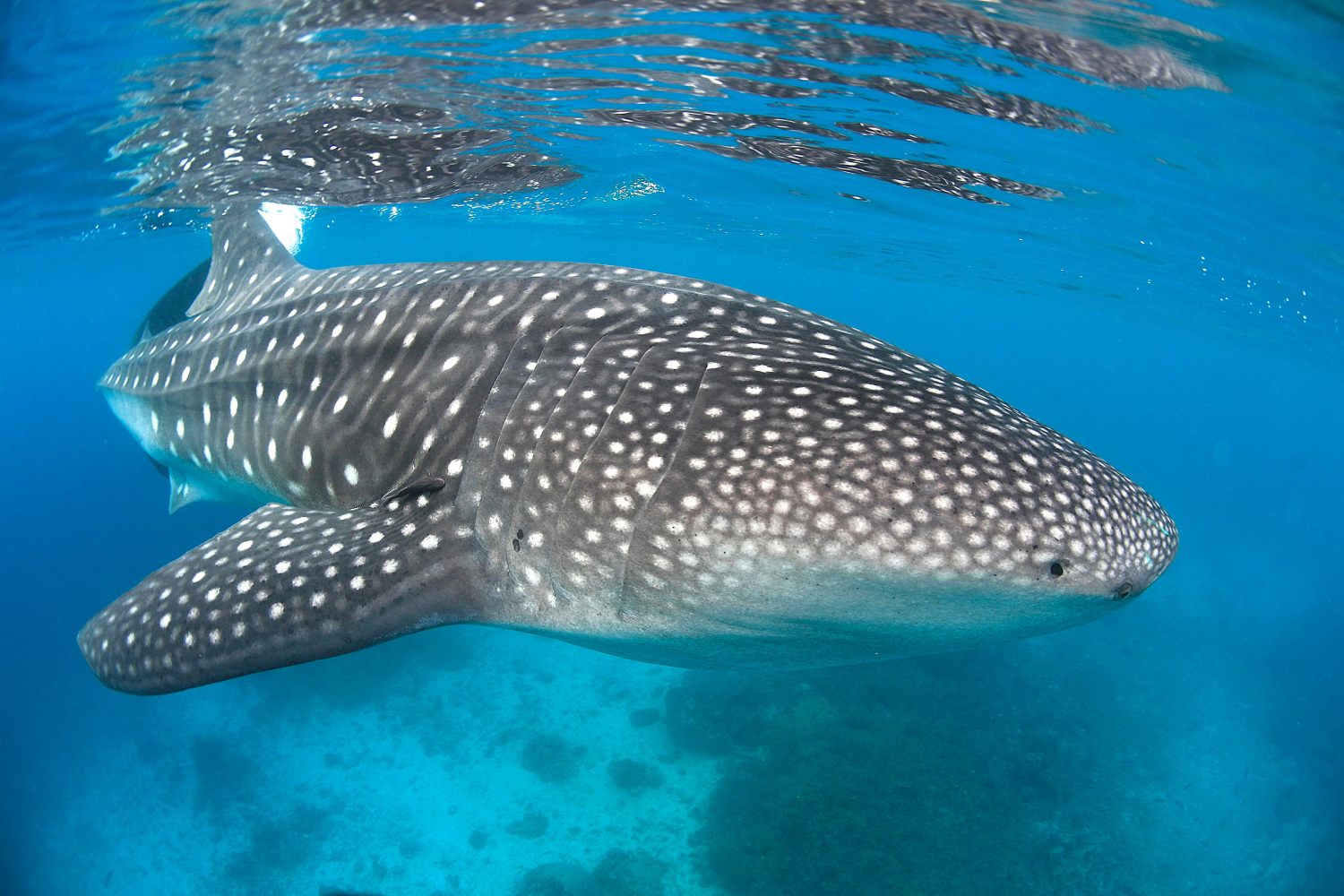
In 2019 an additional expedition headed for the Galapagos.Tissue samples will provide information on genetic relationships to other locations. This time the Pierce and Rohner team found an area on the shark with much thinner skin. Previous attempts to take blood samples from 10 to 12 meter long adult whale sharks for hormonal testing had failed due to their more than 25 cm thick skin. In addition, blood samples were taken from 6 females. The collected data is still being evaluated.
#Whale shark free
In the 2018 expedition to the Galapagos the team succeeded for the first time ever in applying ultrasound to examine the gestation of 21 free swimming and most likely pregnant females.In 2017 the project gained prominence thanks to its introduction in the world renowned BBC Production Blue Planet 2, an important public relations spot for the endangered whale sharks.The sharks were also tagged with satellite transmitters (not financed by the Foundation) in order to study their migratory routes. Small tissue samples taken from these females should provide information on their population genetics as well as their feeding habits (stable isotopes and fatty acid analysis). The Galapagos Island Darwin is the only worldwide location known today where fully mature, pregnant whale shark females are sighted.Based on the current state of scientific knowledge, two whale shark populations could be identified, an Atlantic and an Indopacific one. Genetic studies have shown that the migration of Atlantic whale sharks is extremely rare in the Pacific or Indian Oceans.Since 2015 more than 240 sharks were identified. Fortunately, this aggregation is considerably larger than assumed up until today. The newly found whale shark population in Madagascar thus becomes all the more important. A significant reduction of individuals in all larger whale shark populations was noticed in the western Indian Ocean, especially in Mozambique and the Seychelles.Aim of the CMS is to protect migratory species not only in specific countries but throughout their entire territory. Simon Pierce and other researchers, whale sharks were placed under the highest protection (Appendix I) of the UN Convention on Migratory Species (CMS). Based on IUCN data compiled by the team of Dr. UN Convention on Migratory Species: A very significant success for whale shark protection was achieved in 2017.Current numbers point to an approximate 50% decrease in worldwide whale shark populations since 1980, with no signs of any recovery since then. IUCN Red List of Endangered Species: In 2017 the official assessment of the global number of whale sharks was updated and extended by data from the Arabian Sea.In addition to work being done in Mozambique to establish a marine sanctuary for whale sharks, the team of Simon Pierce and Chris Rohner, together with local and international scientists, is studying various ecological, genetic and biochemical aspects of whale shark populations around Mafia Island (Tanzania), the Red Sea, the Persian Gulf, the Philippines, Mexico (Yucatan), the Galapagos and a new whale shark hot spot around Madagascar. The dangers lurking for the sharks here are the gillnets of local fishermen and from boats. In this region whale sharks are frequently sighted and are examined by the team. One of the many goals is to establish a whale shark sanctuary in the region of Tofu, Mozambique. Chris Rohner examines broader aspects of whale shark populations worldwide in order to provide them with more effective protection through better understanding of their biology, behavior, biochemistry and genetics.


The team from the Marine Megafauna Foundation working with Dr.

In addition we must generally learn more about their biology. In order for protection to be successful, the critical habitats and migratory routes of the whale sharks must be identified and protected. what do they eat and where? How and where do they reproduce? Do their global populations mix or are they genetically separate from each other? We know very little about the biology of whale sharks, e.g. They are listed on the Red List of the IUCN as "vulnerable" and are listed in Appendix I and II of the Convention on the Conservation of Migratory Species of Wild Animals (CMS). Since whale sharks are found around the world and have naturally low population sizes, these periodic aggregations form an important aspect of their ecology.

Whale sharks feed on plankton and gather regularly in specific regions in times of plankton bloom.


 0 kommentar(er)
0 kommentar(er)
